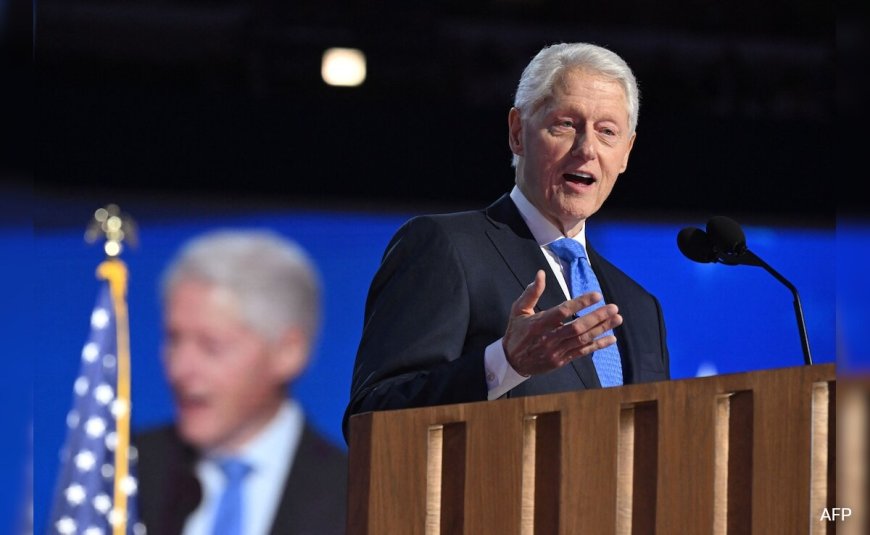Bill Clinton's "Reinventing Government" Saved Billions. Can Trump Do That
A new administration swept into Washington and announced plans to shake it up, using corporate know-how and new technology to streamline the federal bureaucracy.

Bill Clinton's "Reinventing Government" Saved Billions. Can Trump Do That?
In the mid-1990s, President Bill Clinton launched an ambitious initiative known as "Reinventing Government," which aimed to make the U.S. government more efficient and cost-effective. This program was designed to streamline government operations, reduce wasteful spending, and ultimately save billions of taxpayer dollars. Today, as the nation looks towards new leadership and innovative reforms, the question arises: Can former President Donald Trump replicate this success and implement similar changes to optimize government spending and functionality?
The Background of Reinventing Government
Bill Clinton's transformative approach focused on assessing how government functions, identifying inefficiencies, and implementing strategic changes. The initiative adopted a customer-focused mindset, emphasizing the importance of delivering quality services to citizens while ensuring fiscal responsibility. By eliminating unnecessary programs and restructuring existing ones, the "Reinventing Government" campaign resulted in significant budget savings and improved public service quality.
Key Outcomes of the Initiative
One of the most notable achievements of the "Reinventing Government" initiative was the reduction of the federal workforce through voluntary buyouts and early retirements, which contributed to a leaner government structure. With focused reforms in various departments, the initiative is credited with saving taxpayers an estimated $130 billion over several years. The program created a lasting legacy, influencing future administrations' approaches to government reform.
Trump's Approach to Government Reform
During his presidency, Donald Trump expressed a desire to reverse bureaucratic excess and improve government efficiency. His administration implemented various measures aimed at streamlining processes, cutting red tape, and reducing the size of government. However, the effectiveness and sustainability of these reforms often faced scrutiny.
Potential for a New Initiative
As discussions around government efficiency continue to gain momentum, the question remains whether Trump—or any future leader—can learn from Clinton's strategies to implement a successful reform initiative that truly resonates with the needs of taxpayers today. The rising influence of technology and new management practices could pave the way for groundbreaking changes in governance.
The Importance of Adaptation and Innovation
The political landscape has evolved since Clinton’s time, and with it come new challenges that require innovative solutions. For any reform effort to succeed, a realistic evaluation of existing programs, investment in modern technology, and involvement of the public in the discussion will be essential. Leaders must not only strategize, but also adapt to the changing landscape of government and citizen expectations.
In conclusion, Bill Clinton's "Reinventing Government" serves as a valuable case study for future leaders, including Donald Trump. While past efforts laid a solid foundation, the path forward demands both reflection on past successes and an eye toward innovative, pragmatic solutions tailored to modern-day challenges.
News By dharmyuddh.com Keywords: Bill Clinton, Reinventing Government, government efficiency, Donald Trump, bureaucratic reform, taxpayer savings, government reform initiatives, federal workforce reduction, innovative solutions in governance, fiscal responsibility, cutting red tape, public service quality







